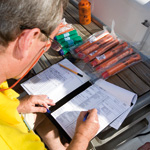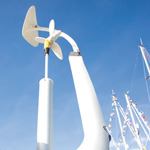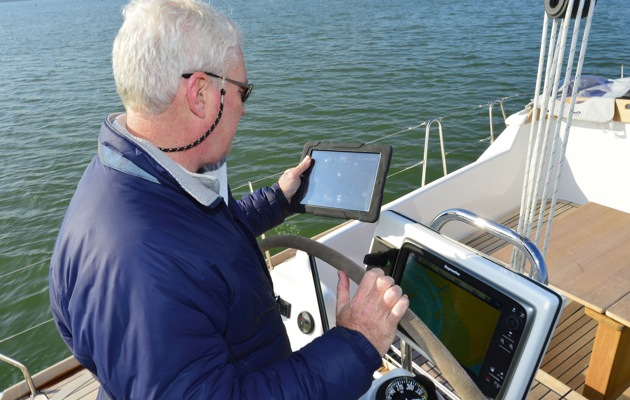30 expert tips for crossing the Atlantic: 6-10
6. Check insurance policy small print
A minority of liveaboard cruisers sail without insurance, but it’s a big risk, particularly on the liability side. It can make life difficult when you want to go into port to pick up crew, get spares or water, too, as many marinas require you to show your insurance certificate.

Check carefully that the policy you’ve been quoted covers everything you want to do. Does it specify a minimum of crew and the sort of experience and qualifications they should have and does it exclude any of places you are planning to visit?
A good policy will cover the repatriation of crew and of your boat if you get ill or injured – talk to your broker about your plans and double check all the small print.
As for your crew, they should have medical and travel insurance policy that covers sailing. “We recommend a policy called Top Sail GH Insurance that specifically includes that,” say Jeremy Wyatt. If you are doing extended cruising, be careful that the policy isn’t limited to a certain number of days on one trip or trips in one year.
7. Prepare to be a mechanic
Assume any item of equipment you have on board or fit to your boat will go wrong and plan your spares carefully so you’ll have vital parts for the items you absolutely need.

Photo: Michaela Parker
If the thought of spending time on repairs fills you with dread, ask first of all if you can do without it. Do you really need a watermaker, or a diesel generator needing an oil change every 100 hours? If you do, make sure you, or someone else on board, knows how to fix it, and consider a manufacturer’s course or some tuition.
For the least hassle, keep things simple. “Every item you leave ashore is one that can’t break at sea,” comments Christoph von Reibnitz.
8. Do the power sums
Do the maths and work out how much power you’re likely to need on board to keep everything running. And don’t understimate how much you’ll use your autopilot.

How to generate enough power is one of the big questions and one of the biggest equipment challenges of them all. As James Anderson says, the options are simple enough, however: solar panels help, but won’t produce that much power for your needs on passage; wind generators are great at anchor but not good downwind; shaft-driven and other water generators make a good contribution, but will slow you by up to a knot.
A small generator is the most popular solution. “But £7,000 buys you a lot of fuel for your main engine,” Anderson points out. So if you’re on more of a budget, fit two alternators to your main engine and carry a spare if you’ve only the one.
9. Keep an open mind about the weather
Just because you are doing what is traditionally a downwind crossing does not mean that you’ll be barrelling down the Tradewinds all the way. Particularly if you are crossing early in the season, as the ARC rally does, you could experience headwinds, calms, rough seas, squalls, normal Trades or any and all of those.

“Routeing and pilot charts give averages and the actual weather experienced can be very different,” says weather expert Chris Tibbs. “So getting good weather information is important. Synoptic charts give a good overall picture while GRIB files add detail.”
But don’t underestimate the gust potential of squalls on an Atlantic crossing. “The higher and larger the squall clouds, the greater the chance of gale-force or stronger gusts with the rain,” says Tibbs.
His recommended sources of synoptic charts are:
http://weather.noaa.gov/fax/gulf.shtml
http://weather.noaa.gov/fax/marsh.shtml#SFC
http://weather.noaa.gov/fax/otherfax.shtml
All these can be obtained free by email from from www.mailasail.com
Ugrib and Saildocs are also excellent for GRIB files.
10 …and don’t let crew fixate on an ETA
Your crew should appreciate that some days will be hard work, others frustrating, but most importantly that yachts don’t fit into a tight flight schedule. You don’t want them to compromise the experience by fixing in your head too precise an arrival time because they’ll almost certainly feel disappointment if they don’t make it. Go with the flow and be mentally prepared to make the most of what comes.





